When I say Saturday Night Special, what do you picture?
Lynyrd Skynyrd? Well, that’s valid. But If you are at Pew Pew Tactical, you are likely picturing a very cheap gun.
Saturday Night Special is a bit of a nebulous term, much like an “‘assault weapon,” that has been adopted by both sides of the gun control argument.
But what is a Saturday Night Special, and where did these guns come from? Well, I’m here to walk you through the history and fill you on in those inexpensive guns.
Table of Contents
Loading…
What Is a Saturday Night Special?
In the 1960s, the term “Saturday Night Special” applied to several cheap imported handguns.
The Rohm revolvers were often the most popular and inexpensive guns on the market. People of all income levels could own a weapon to defend themselves with these guns.
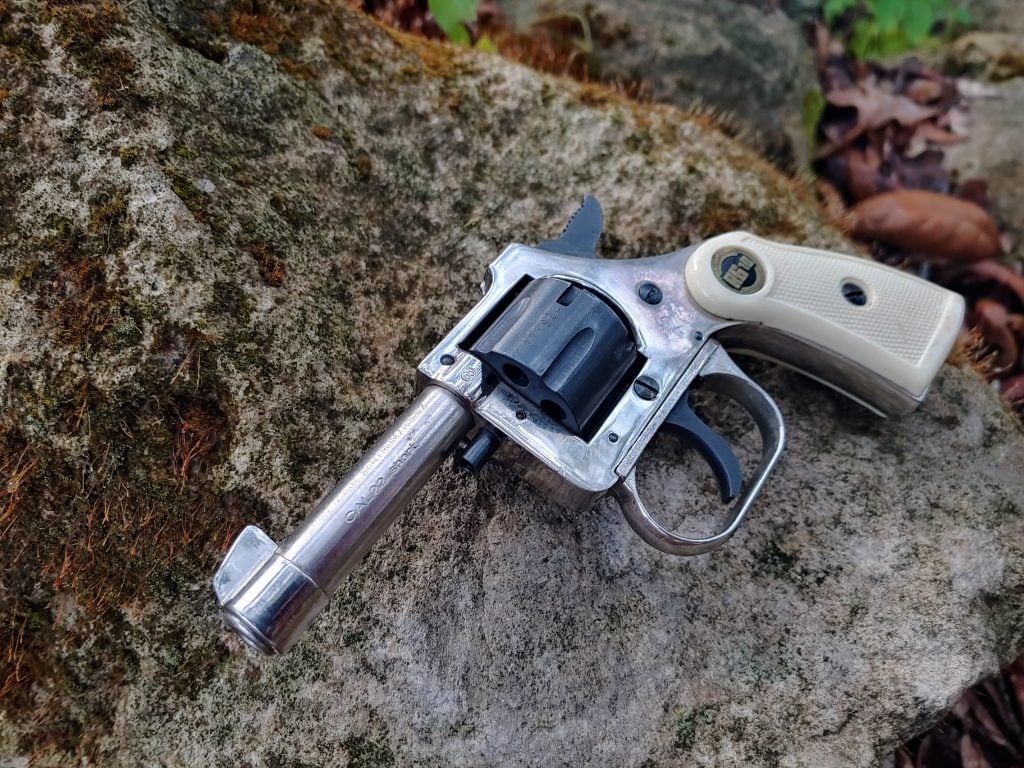
When the Gun Control Act (GCA) of 1968 was passed, it established a point system aimed at prohibiting the import of these firearms.
These laws prohibited the sale of any firearm that wasn’t a prohibitively expensive Colt Army or Navy revolver.
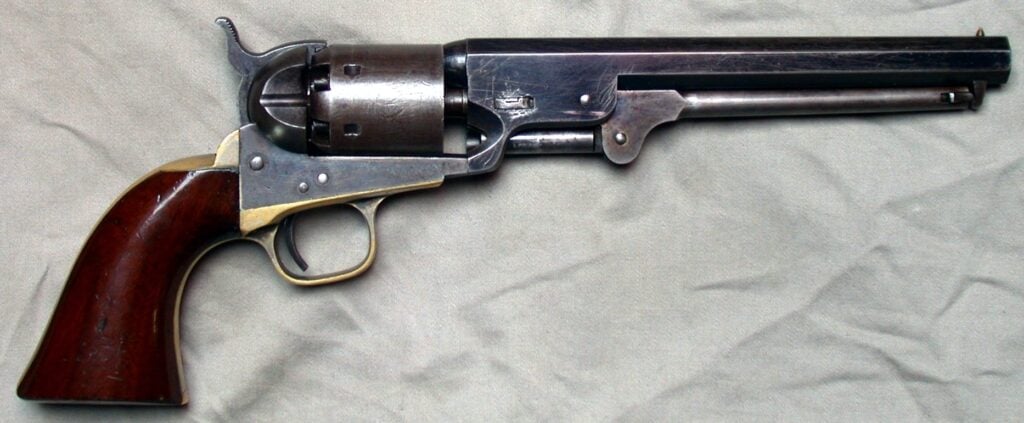
Interestingly enough, these laws also banned some not-very-cheap firearms.
For example, the Walther PPK and Glock 25 and 28 were also barred from import because they didn’t meet the point requirements.
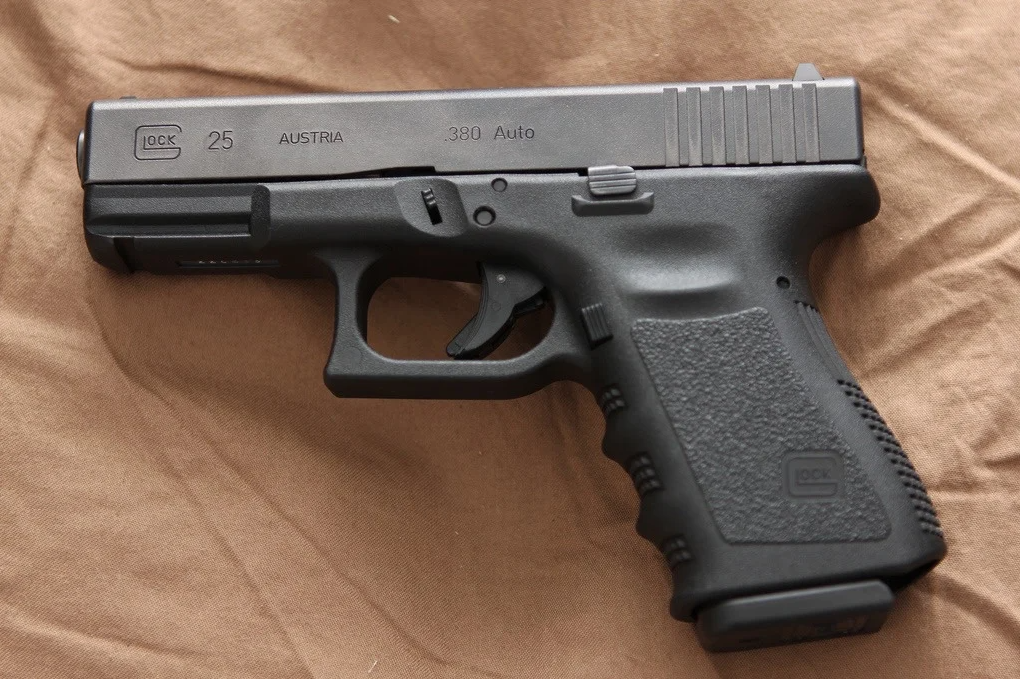
With the flow of affordable firearms cut off, gun control advocates felt victorious until American manufacturers started popping up and producing affordable firearms.
The most famous of these companies made up what was called the Ring of Fire…more on that in a minute.
The American Saturday Night Special
These guns were designed from the ground up to be at a low price point. They were semi-auto guns that used a simple blowback action to simplify manufacturing.
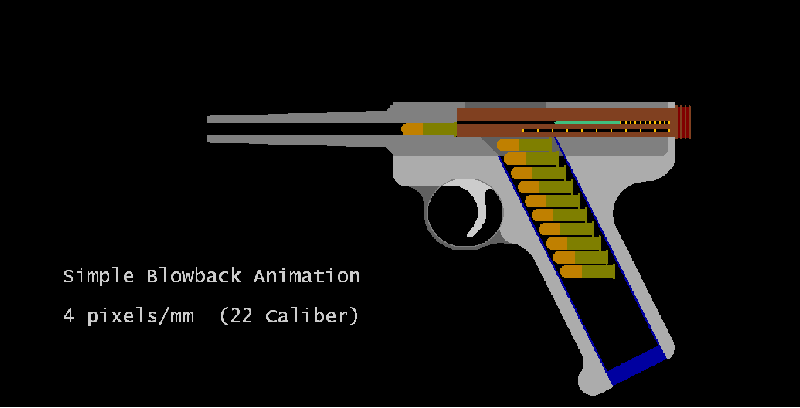
Using a blowback action meant sticking to smaller calibers like .22 LR and .25 ACP, although .32 ACP and .380 ACP guns would later be produced.
They used a zinc alloy called Zamak, allowing cost-effective injection molding. Zamak is typically referred to as “pot metal.”
The guns used simple ergonomics and features, including a heel magazine release and sliding manual safety to help further lower costs.
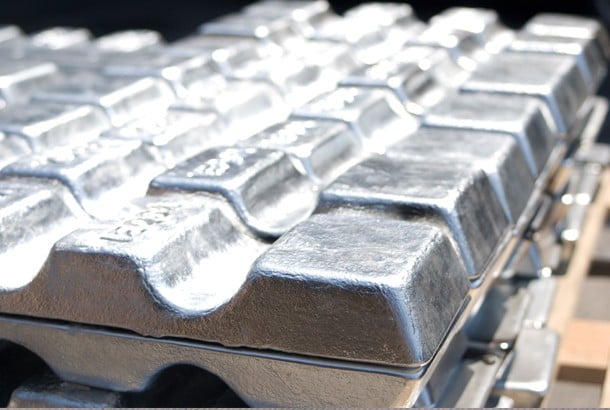
Ergonomically these guns were quite terrible. It was tough to hit accurately with the small iron sights, and the single-stack magazine kept capacity low.
What Is the Ring Of Fire?
The American media began using the term the Ring of Fire to describe six California companies that produced firearms in relatively close proximity to each other.
These companies were Jennings/Bryco Arms, Davis Industries, Lorcin Engineering, Raven/Phoenix Arms, Sundance Industries, and AMT.
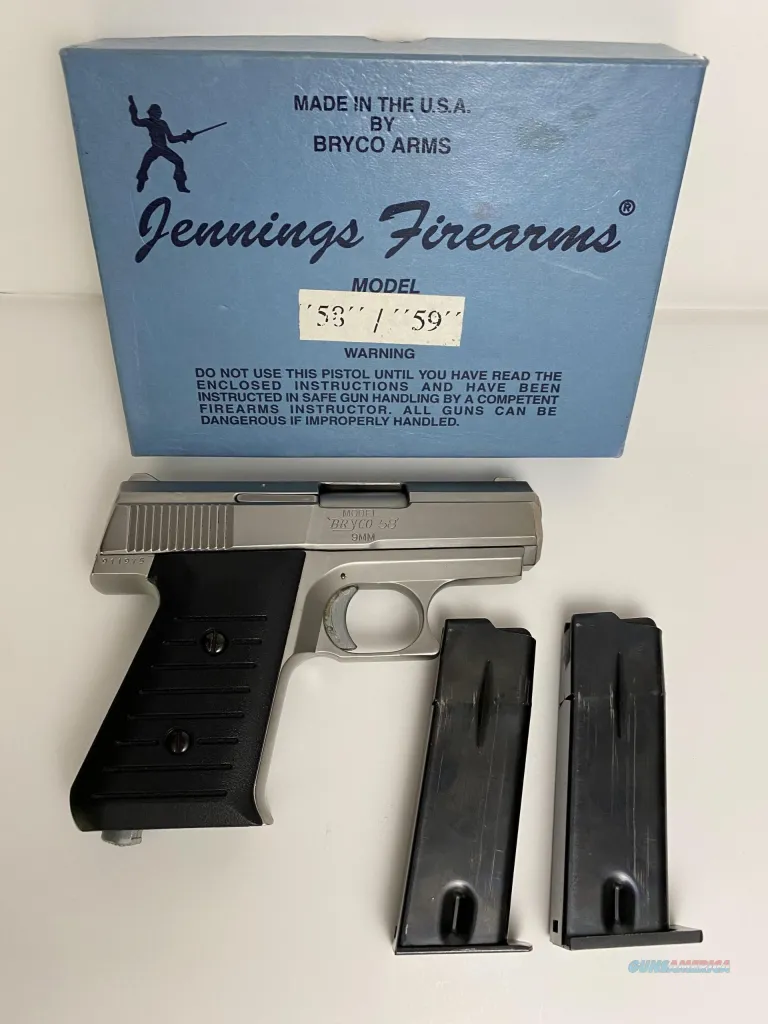
To be fair, AMT (Arcadia Machine and Tool) did not produce the same Saturday Night Special guns the other companies did. They just happened to be located near all those companies; thus, we won’t be including AMT here.
The other five companies are all linked to George Jennings, a name that will pop up over and over throughout this article.
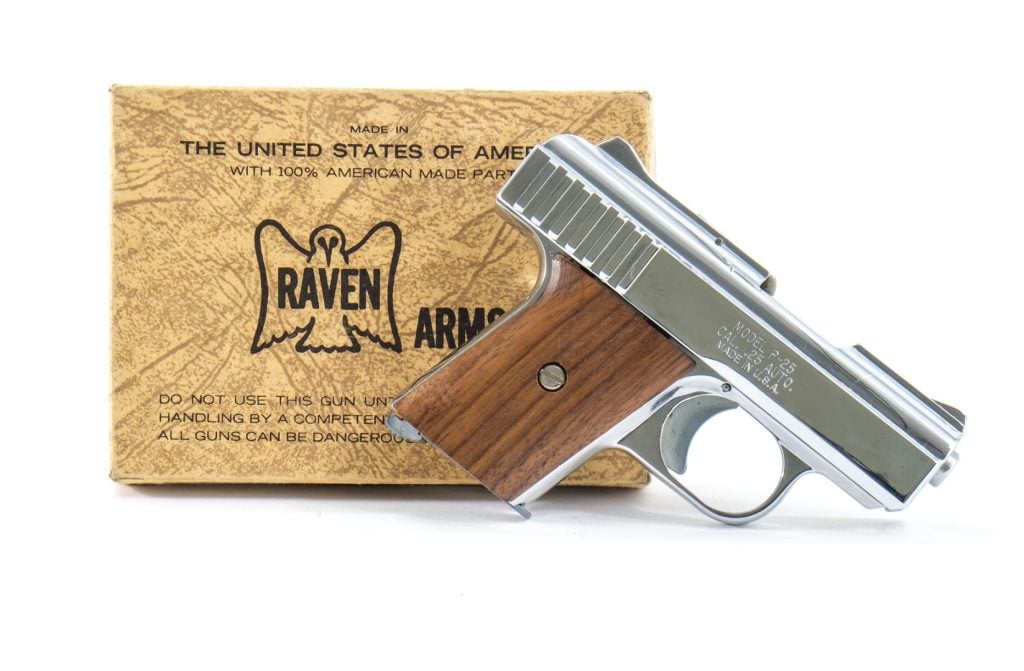
George Jennings started a company called Raven in 1970, and he immediately took advantage of the large market vacuum that had been cut off by the Gun Control Act of 1968.
He had experience with machine work and designed his first handgun, the Raven P-25, and later MP-25.
The Raven MP-25 would go on to become what is essentially the living blueprint for cheap handguns.
How the Ring of Fire Started
Raven was busy producing firearms at a rapid rate and was selling them as fast as they could make them.
The GCA closed an underserved market, and Raven filled that gap. This is where the rest of the Jennings family entered the picture.
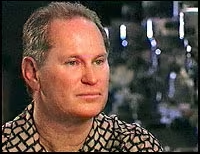
Jennings
Bruce Jennings worked at Raven until 1978, when he left to form Jennings Firearms. George’s daughter Gail and her husband, Jim Davis, formed Davis Industries in 1982. The three companies avoided competing with each other by producing different firearms.
Jennings produced the J-22, a .22 LR version of the .25 ACP Raven MP-25. Davis produced derringers of Jennings’s design.
In 1989 the nephew of George Jennings founded Sundance Industries. Sundance remained small and never reached the same level of infamy as the other ring of fire companies. They produced clones of the Raven MP-25 and Jenning J-22 under another name.
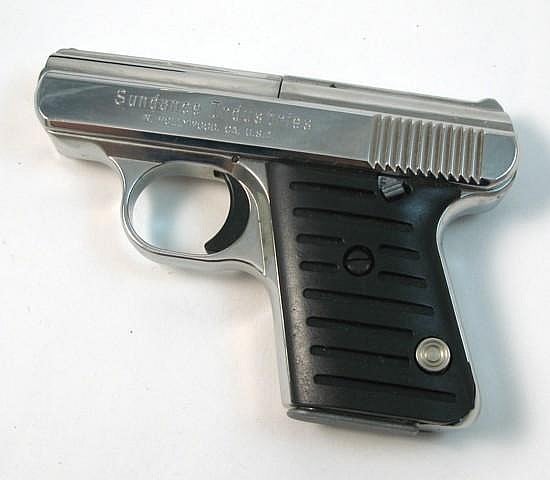
Bruce Jennings’s friend Jim Waldorf would go to open Lorcin Engineering. Waldorf hired John Davis, brother of Jim Davis, to help open up shop.
Lorcin began making pistols similar to the Raven series.
Raven, Lorcin & Phoenix
Lorcin grew rapidly and expanded its product line. They would produce the L-25, L-22, L-32, L-380, and L-9mm. If you wanted a Saturday Night Special, you’d likely run into either a Lorcin or a Raven first.
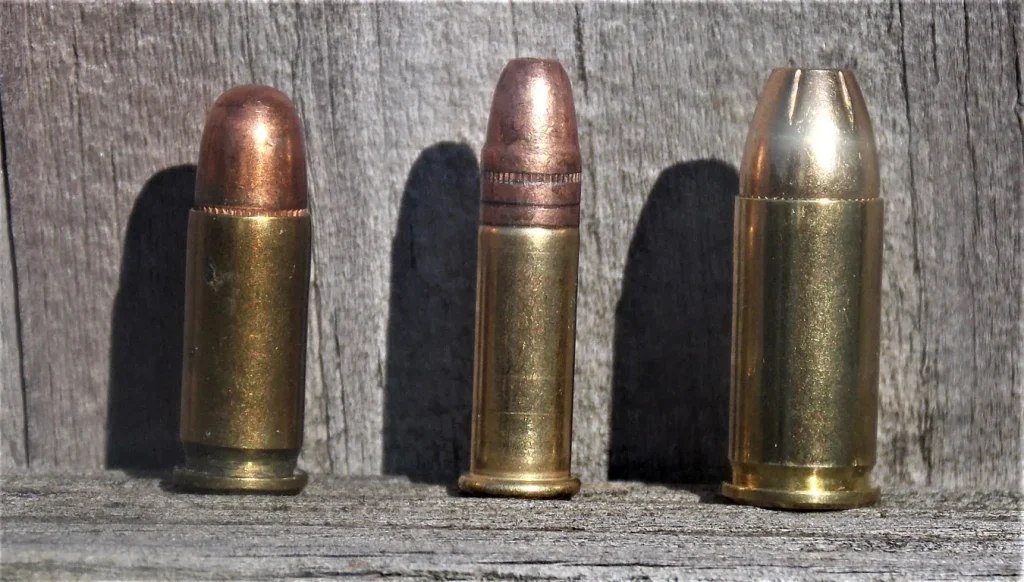
In 1991 the Raven Arms factory burned to the ground, and in a rather clever naming solution, George Jennings created Phoenix Arms; although he left the industry and Phoenix Arms was split among George’s kids, grandkids, an ex-wife, and a long-term employee.
Raven sold over 3 million guns before the fire destroyed the factory.

Legal Troubles
Bruce Jennings was facing a felony conviction for domestic violence and an investigation by the ATF and IRS for avoiding excise taxes through some crazy corporate gerrymandering. Facing these issues, he sold Jennings, which became Calwestco.
In 1991 Calwestco folded, and Bryco, which was owned by Jenning’s ex-wife, purchased their equipment. Bruce Jennings would open up a firearms distributing company to distribute Bryco firearms.
It’s a fairly complicated story with many name changes and moving parts.

A mix of divorces, lawsuits, sexual harassment suits, domestic violence, and more plagued the family and these companies. Additionally, they were targeted by lawmakers, federal agencies, and gun control proponents heavily.
Despite all of the drama and investigations, the companies remained successful. By 1992 the Ring of Fire companies accounted for 34% of the handguns produced in the United States.
The End of the Ring of Fire
After Raven burned down, George Jennings retired, supposedly to a palatial estate in California. He left behind Phoenix, which is still around to this day.
They continue to produce the HP22A and HP25A pistols.
Prices accurate at time of writing
Prices accurate at time of writing
-
25% off all OAKLEY products - OAKLEY25
Copied! Visit Merchant
The .22 LR is reasonably popular; they even produce long-barrel target kits for their guns.
They are reportedly okay guns and are still sold for a rock-bottom price. However, their production volume seems low, and they aren’t selling as fast as the old Ravens.
Prices accurate at time of writing
Prices accurate at time of writing
-
25% off all OAKLEY products - OAKLEY25
Copied! Visit Merchant
Davis continued to produce derringers, as well as numerous automatic pistols, including guns in 9mm and .45 ACP. The company eventually filed for bankruptcy in 1999 due to several lawsuits filed by cities and municipalities.
Lorcin was the number one manufacturer of pistols in 1993, but by 1996 the company went bankrupt.
They had 18 pending lawsuits but somehow emerged from bankruptcy in 1997. The following year they got hit with 22 more lawsuits and permanently closed their doors.

Jennings became Bryco, which was also the subject of multiple lawsuits. However, they stuck around til 2003 and only went bankrupt after being hit with a 24 million-dollar lawsuit.
Bryco sold was purchased by the factory foreman, Paul Jimenez. He renamed it Jimenez Arms but later declared bankruptcy in 2006. Jimenez Arms rebranded as JA Industries in 2020, but by 2021 they shut their doors after ATF scrutiny and a lawsuit from the previous year.
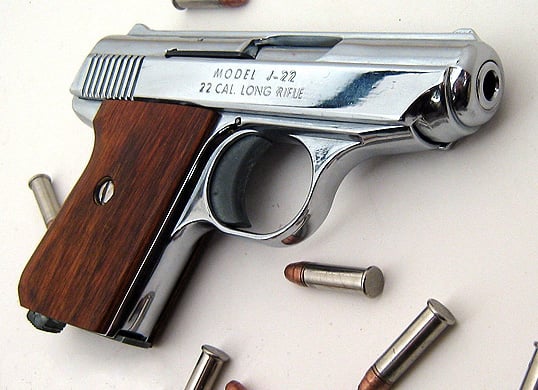
Sundance closed its doors in 2002, but there doesn’t seem to be a clear reason behind its closure.
Where Does the Ring of Fire Stand Now?
Ring of fire guns sold for about $100 on average in 1993. Adjusted for inflation, that would cost around $210 today.

Now, you can get a Taurus G2C for about that same price on a good day.
Even on a bad day, you can find one for $270ish. Taurus might not be a Nighthawk, but it’s miles above any of the Saturday Night Specials.
The value these guns offer just doesn’t exist anymore. While Phoenix can still produce a cheaper gun, modern polymer guns made with more advanced machining processes aren’t much more expensive.
Prices accurate at time of writing
Prices accurate at time of writing
-
25% off all OAKLEY products - OAKLEY25
Copied! Visit Merchant
Additionally, some states actively tried to prohibit the sale of these firearms.
Laws requiring a certain density or banning any gun that melted at 800 degrees are in effect in some places to specifically target Zamak guns.
Final Thoughts
The term Saturday Night Special doesn’t get tossed around too often anymore. It’s one of those categories the world has largely forgotten about.
When you examine the ring of fire guns, you find some rather unsavory characters.
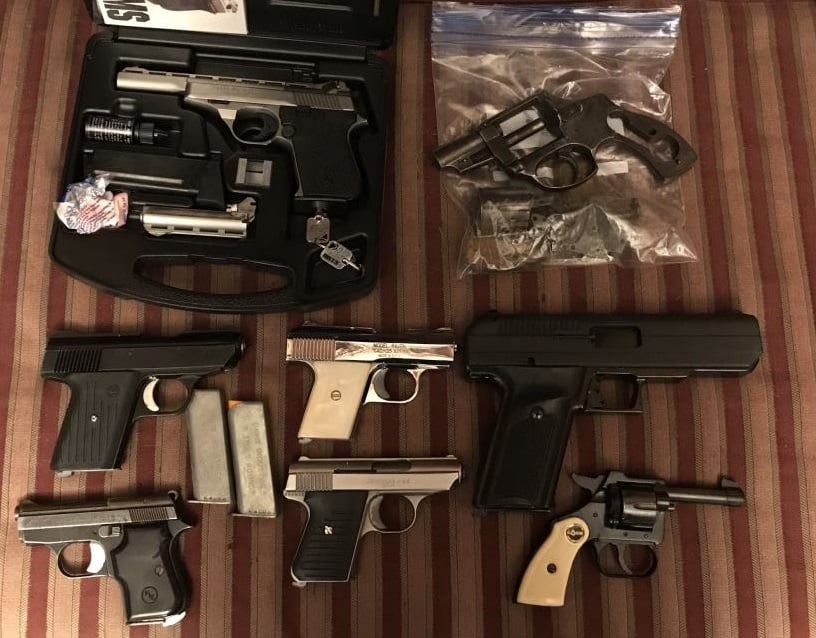
Cheap guns aren’t bad…I personally love and collect these guns and find them to be an interesting part of firearm history.
Affordable firearms are extremely important for the Second Amendment, but these companies didn’t do themselves any favors with some of their antics.
What do you think? Let us know in the comments below! Like tiny guns, but don’t want to roll the dice on something cheap? Check out our guide to the 9 Best Pocket Pistols for Concealed Carry.

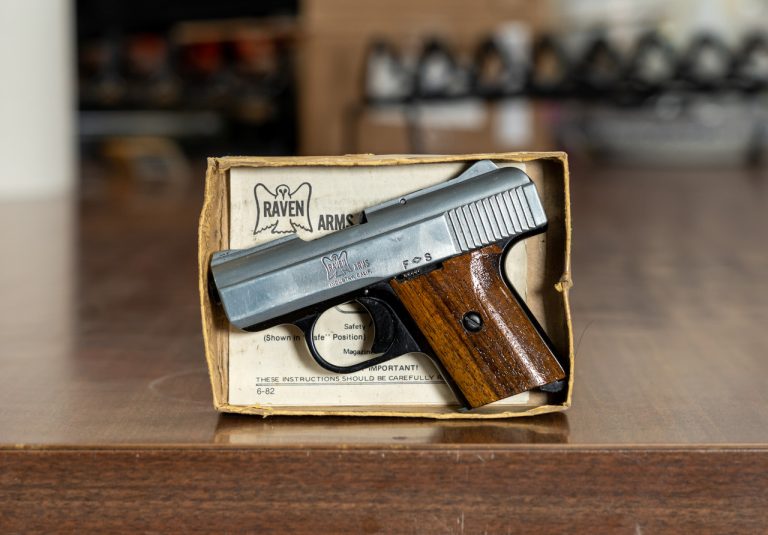
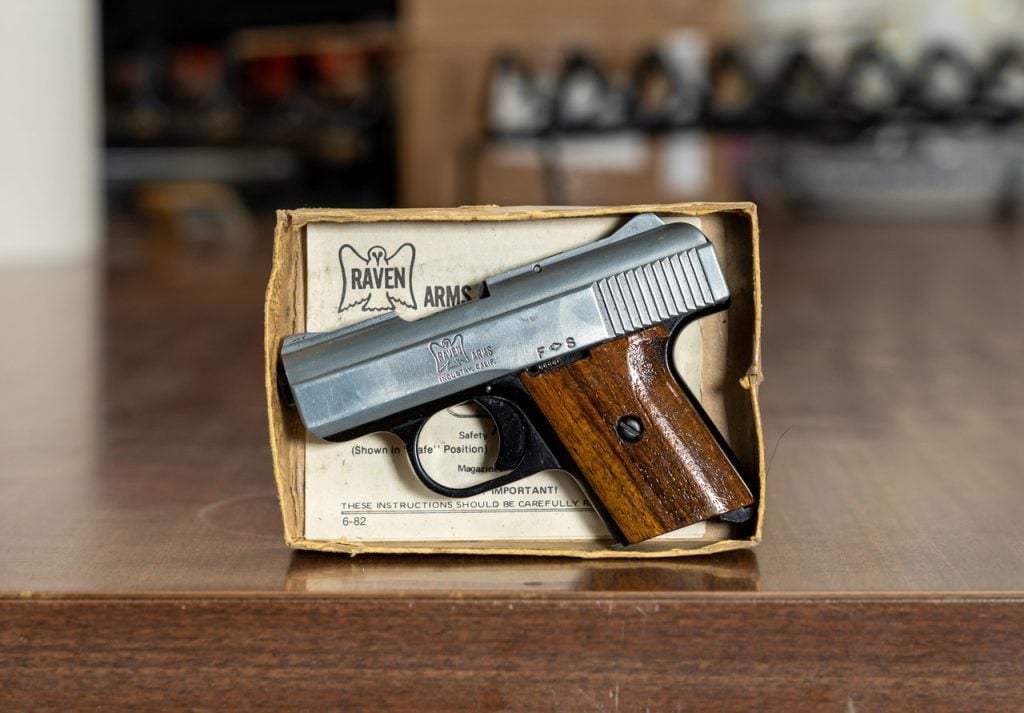
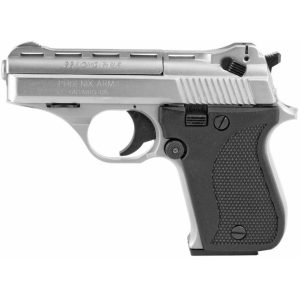
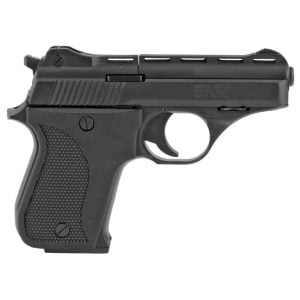
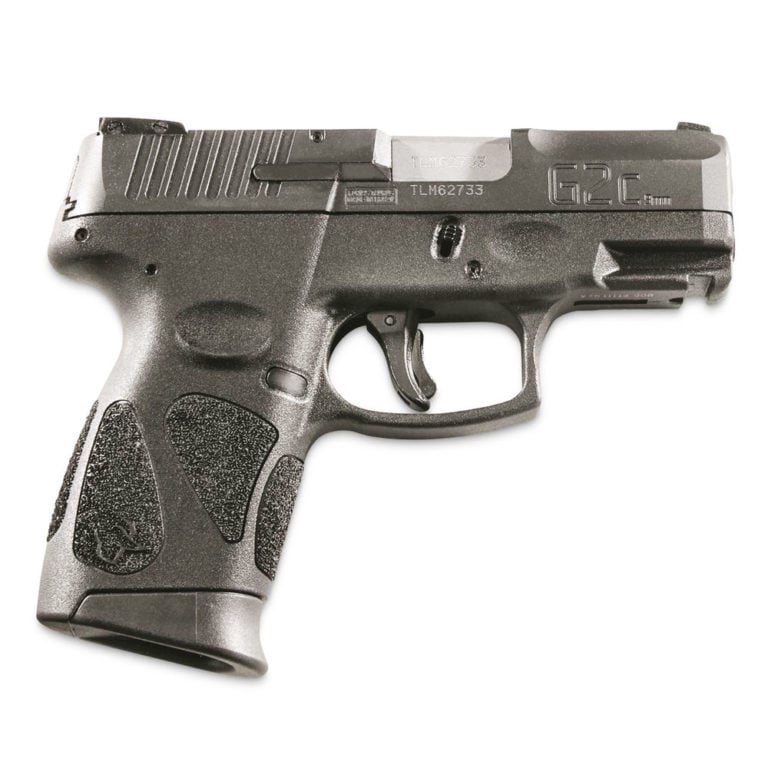







10 Leave a Reply
Well written! Informative! I’ve owned a few of these over the years!
These (Jennings, Raven, Davis et al) in 25ACP had a reputation for breaking the firing pin while chambering a round. Many times they didn't even get through a box of 50 rounds before becoming inoperative. I recall them being sold for $59.99 at times.
The best comment I heard was "If you shoot someone with a Jennings, and they find out about it, they will get mad at you."
I have a raven hp 22, kind of fun for cheap plinking but so many safties that it verges on being unsafe. To remove a chambered round from the barrel for cease fire you have to insert an empty magazine. Much prefer my s&w bodyguard, g2c or Springfield XDM in45acp. But of course they are "real guns".
Confiscated many Ravens, Jennings, etc. as evidence in my law enforcement career. In order to label these little blasters as firearms for many classifications of crime, we had to test fire them so we could testify that they did in fact launch bullets. Not all of them passed that test, and many more semi-autos jammed in the efforts. Only a fool would trust their life to them. You get what you pay for. They were crap and the makers should be ashamed of themselves.
My Raven .25 lives in my medicine cabinet. Just needs to work for one shot.
Heh, funny coincidence that I pulled out my late pop's snubby Rohm RG-31 the other night.
It weighs about twice as much as any comparably sized revolver but at least it's reliably minute of man accurate to about 15 yards if you're concentrating in single action. I still keep it around and shoot it sometimes to remind me of him. Hell, I've got the last wadcutters he had loaded arranged in resin.
Way back in the 70s, it was all he could afford and being a minority welder working wherever he could in the southern US... well, let's say he had some stories to tell.
Suffice to say, these cheap things remind me of something people say about Hi-Points: "A terrible, cheap gun that goes bang when you called upon is better than no gun when you need it."
>A Raven Arms MP-25
You can't fool me. That's a Hi-Point slide. :D
I had a Raven .25 if I remember correctly it worked really well! Pretty big bang from that tiny blaster! You certainly had to be right up close to what you were shootin at to be effective.
I've still got a Jennings, the j-22 in a silver finish. The inside of the box is stamped "factory second ". A call to Jennings way back when and I had an answer , the "factory second " was due to a cloudy finish. According to Jennings all of their seconds went to the pawn shop where I bought mine. Good article on an interesting bit of gun history.
*Laughs in sheetmetal pipe shotgun wand